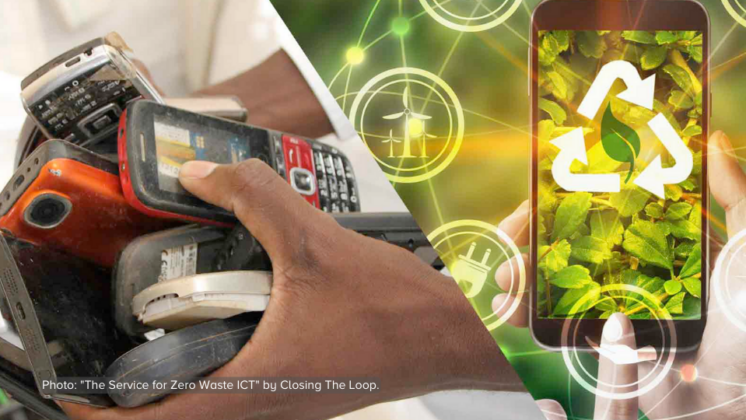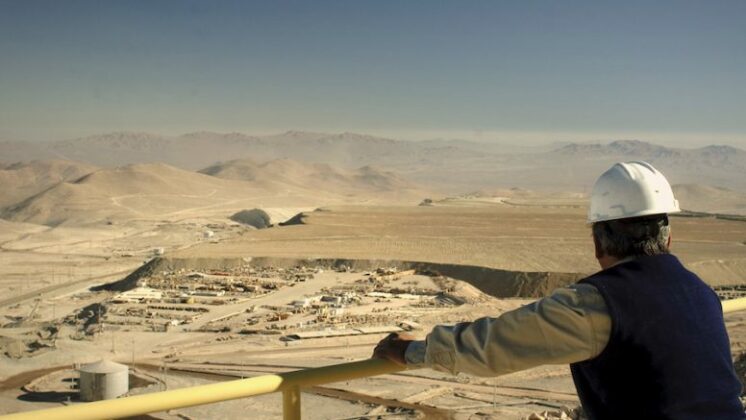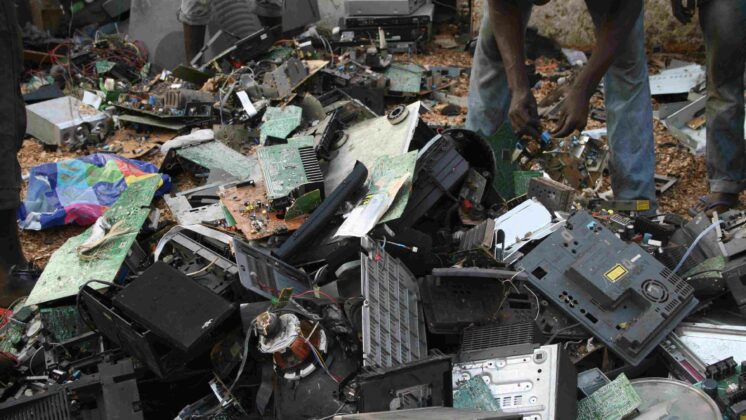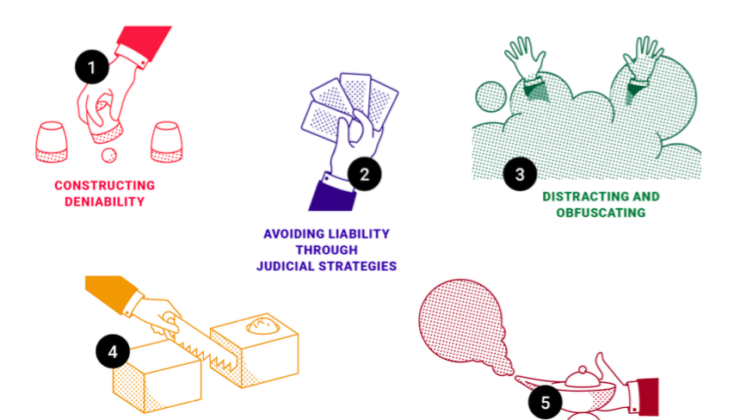The full concerns as brought forward by Toxics Link in August 2010. A summary:

- Objectives: The Objective of the Draft states that is to enable “recovery and reuse”, thereby relegating the objective to “safeguard environment and human health,” secondary, which should have been the primary objective and focus of a Rule which is being notified by Ministry of Environment & Forests. The flawed objective can have serious implications as it only sets to promote recycling industry, with no real measures to contain the environmental pollution.
- Role of Industry: Though the Rules integrate highly progressive principles of Extended Producer Responsibility (EPR), Toxics Link is apprehensive on its effective implementation and the ability of the regulators to enforce such progressive principles within the existing and antiquated delivery system. The concerns are on absence of any significant driver in the rules, which helps propel it further and for stakeholders to engage in the process. The draft rules are lacking in its ability to set in motion a waste management system, including proper and effective collection mechanism. The serious inadequacies in assigning responsibility, monitoring and evaluation processes and transparency in the entire system would lead to little impact on the ground and higher bureaucratic corruption.
- Implementation: The rules shift the responsibility for managing such toxic waste to the producers or the brand companies but the absence of any mandated targets for collection and recycling leaves huge gap in fixing accountability and finally implementation. There is little incentive in the rules for the producers or consumers to manage this waste in a sound manner.
- Informal Sector: The Rules do not mention how they wish to integrate the millions of people who earn their livelihood through such hazardous recycling. The Informal sector needs to have a clearly defined role, such as in collection and dismantling of waste, else this not only creates a loss of livelihood, but also puts them in competition to the proposed system. Also there must be clear initiatives to protect the health of such actors.
- RoHS: Another responsibility assigned to producers is restriction on the use of hazardous material in the manufacture of EEE. While Toxics Link applauds this move, the threshold limits mandated are much below the global standards and raises serious concerns. This could result in dumping of low quality products, with higher concentration of toxic materials, in India.
- Imports: An obtrusive point in the current draft is the infirm way in which it has dealt with the issues of E waste imports. The rules suggest a ban on imports for reuse but leave it open for recycling, which is in total contradiction to the near unanimous demand of all stakeholders and citizens for total ban on imports.
Priti Mahesh, Project Manager, Toxics Link says, “The infrastructure for collection and recycling is at a nascent stage in India and has been unable to deal with the large quantities generated within the country. “ She adds, “Allowing imports for recycling will provide little incentive to the recyclers for acquiring waste from the domestic generators. Also, as this waste is not 100% recyclable, the non-recyclables that may contain hazard will be dumped within the country, endangering the human health and environment. “
Govt of India Modified Draft E-waste Policy September 2010
Satish Sinha, Associate Director, Toxic Link said, “Any compromise on this aspect could have serious implication, enhancing India’s status as a leading dumping ground of world’s waste. Lack of proper measures in dealing with E-waste needs to be put in place; otherwise it will result in serious compromise on environment and health of the population.
According to Toxics Link, if the Draft Rules are finalized without looking at these glaring mistakes, it may result in a huge E-waste management problem in the country in the coming future.
Ravi Agarwal, Director Toxics Link says, “ The rules are a welcome step. However the devil is in the detail, and unless we address issues of imports, implementation, monitoring and livelihoods, this may be another effort wasted. It is an opportunity which we should not miss.”
Some Facts
- India generates over 400,000 metric tonnes of e-waste and the volume continues to grow exponentially.
- This poses serious challenge in the management as we are dealing with not just large quantities of waste, but also with toxic waste that contains harmful substances like lead, mercury, cadmium and BFRs etc.
- 90% of this waste is recycled in the informal sector, with no regard to environmental safety or human health.
- Globally hazardous e-waste is exported to countries like India and China








